Prior Treatments Failed
Uncovering the Mystery of the Leaking Treatment!

I was called in to stop a leak in a concrete wall that had been previously treated. Little did I know how far the previous attempts had gone, and gone awry. Here is the crack as I found it. Several layers of epoxy coating, with large injection ports and urethane having dripped out of them.

I chipped off the plastic ports, the epoxy coating, and dug out the hydraulic cement and tar caulk to find the crack, about 2" below the surface, and about 1/8" wide. Much to my surprise, there was no urethane in the crack itself!

I was able to locate the crack at the bottom of the V, and piped it with copper tubing. This old-school treatment is the best option when someone else has buried the crack under a pile of hydraulic cement and caulk. The tube connects directly to the crack, and I don't have to open up the whole length, because that would just produce a bunch of cement waste!
There was no urethane in the crack itself. The people who attempted to inject the urethane previously had run the ports along one of the side seams of the outer edge of the V of the hydraulic cement patch. No urethane made it into the crack, and I saw no evidence of any in the joint between the hydraulic cement and the V. It looked like the urethane didn't go in at all, but just filled the ports & dripped down the wall. The installer should have known they hadn't used enough urethane to be effective.
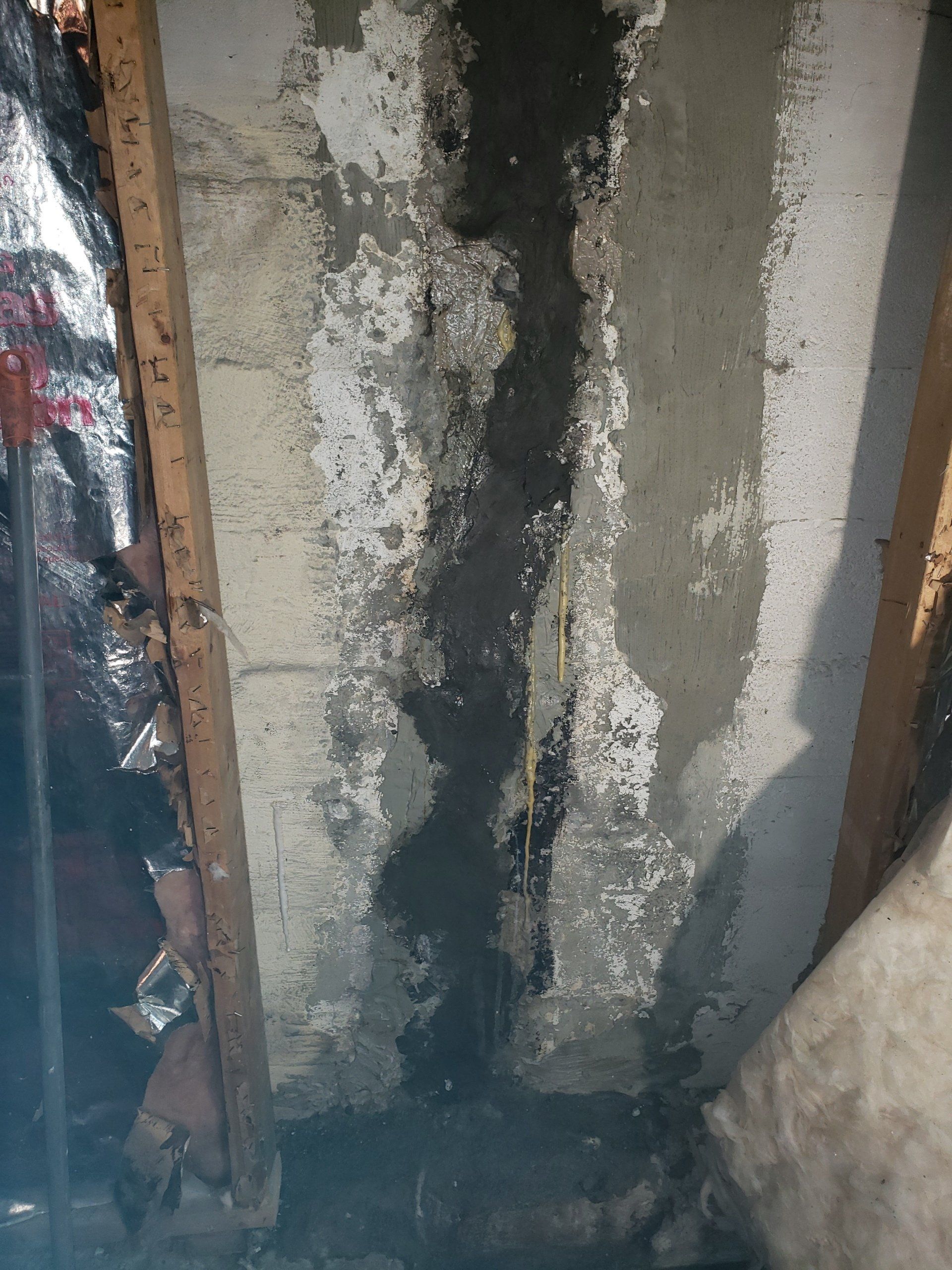
Once I got the pipes inserted in 5 different locations, including at the footing-wall joint, I injected about 1.4 sets of CME Injection Urethane. It climbed the ladder between the pipes and I had full continuity.
An interesting note: This foundation was poured before standard plywood forms were available. The method before that was to build the forms on site with 2x's stacked & supported by 2x4's. Once the concrete was set, the forms were taken down & the wood often used in the floor or roof joists of the house. Sometimes you can see the concrete dust on the floor joists immediately overhead!
You can see the horizontal concrete seam lines off to the left of the patch, made from 2x8 & 2x10 boards. Since the 60's everyone has used pre-made forms, which result in vertical seams, usually about 2' apart.
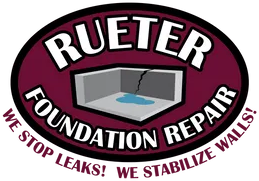



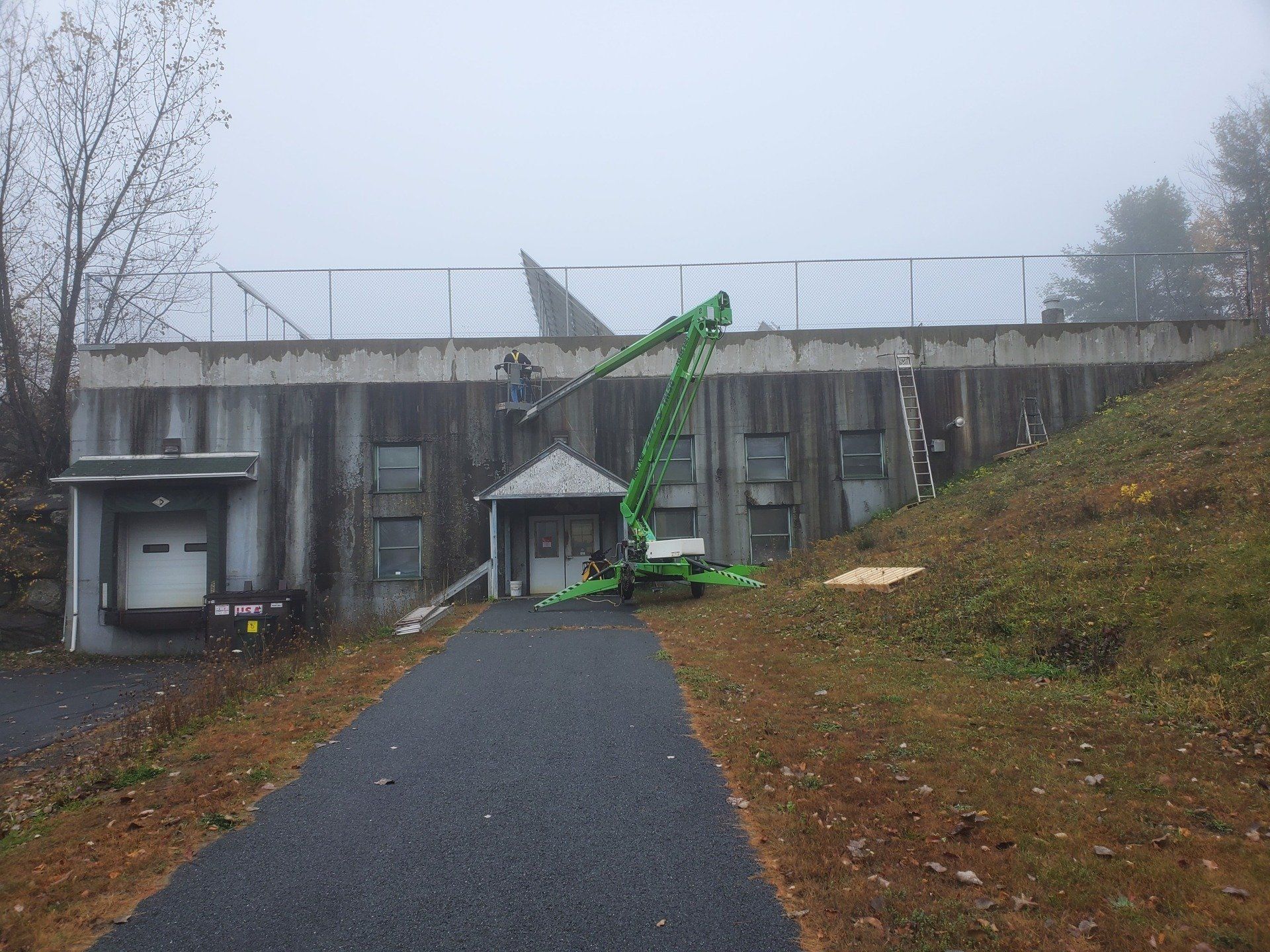
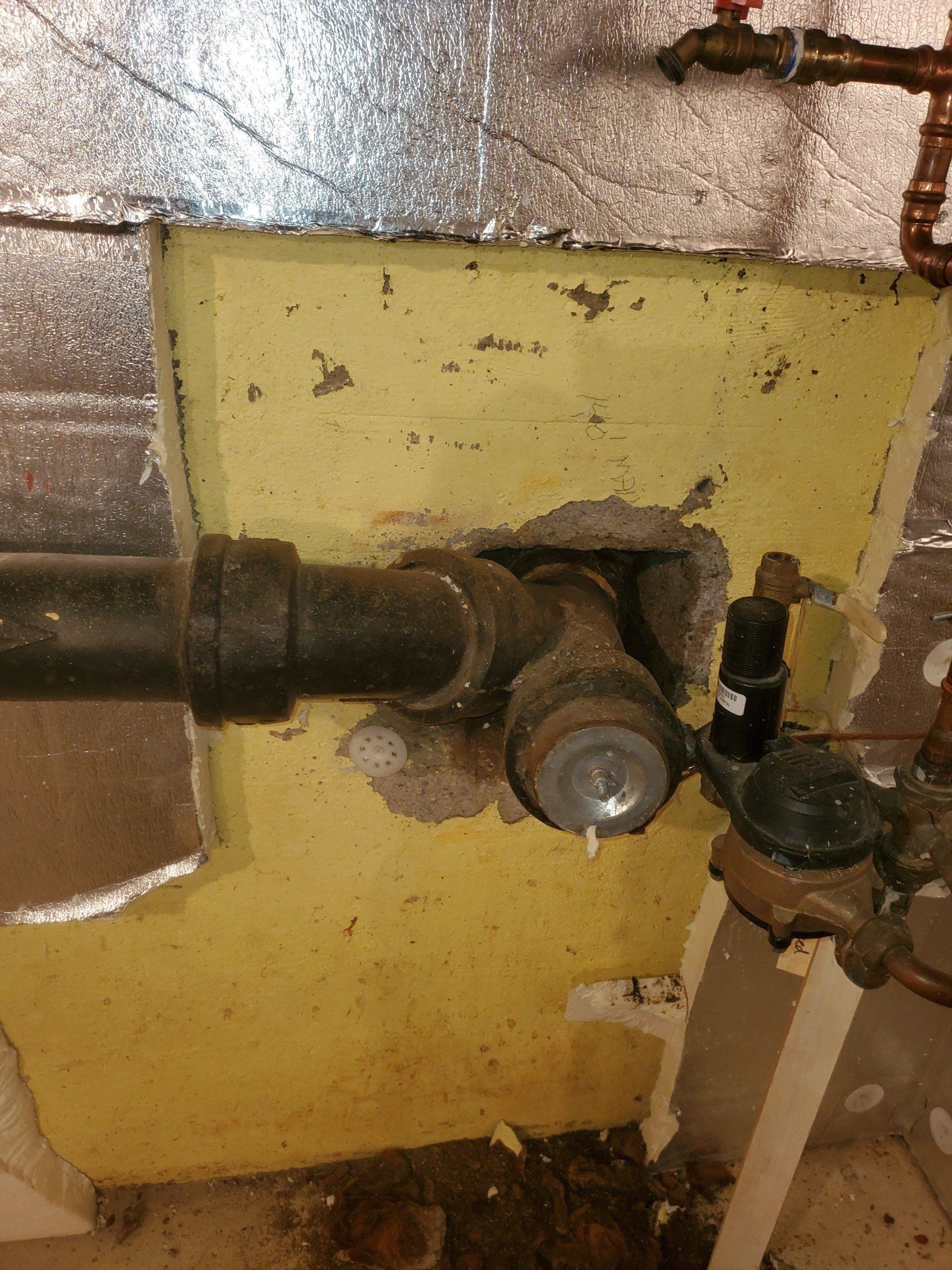

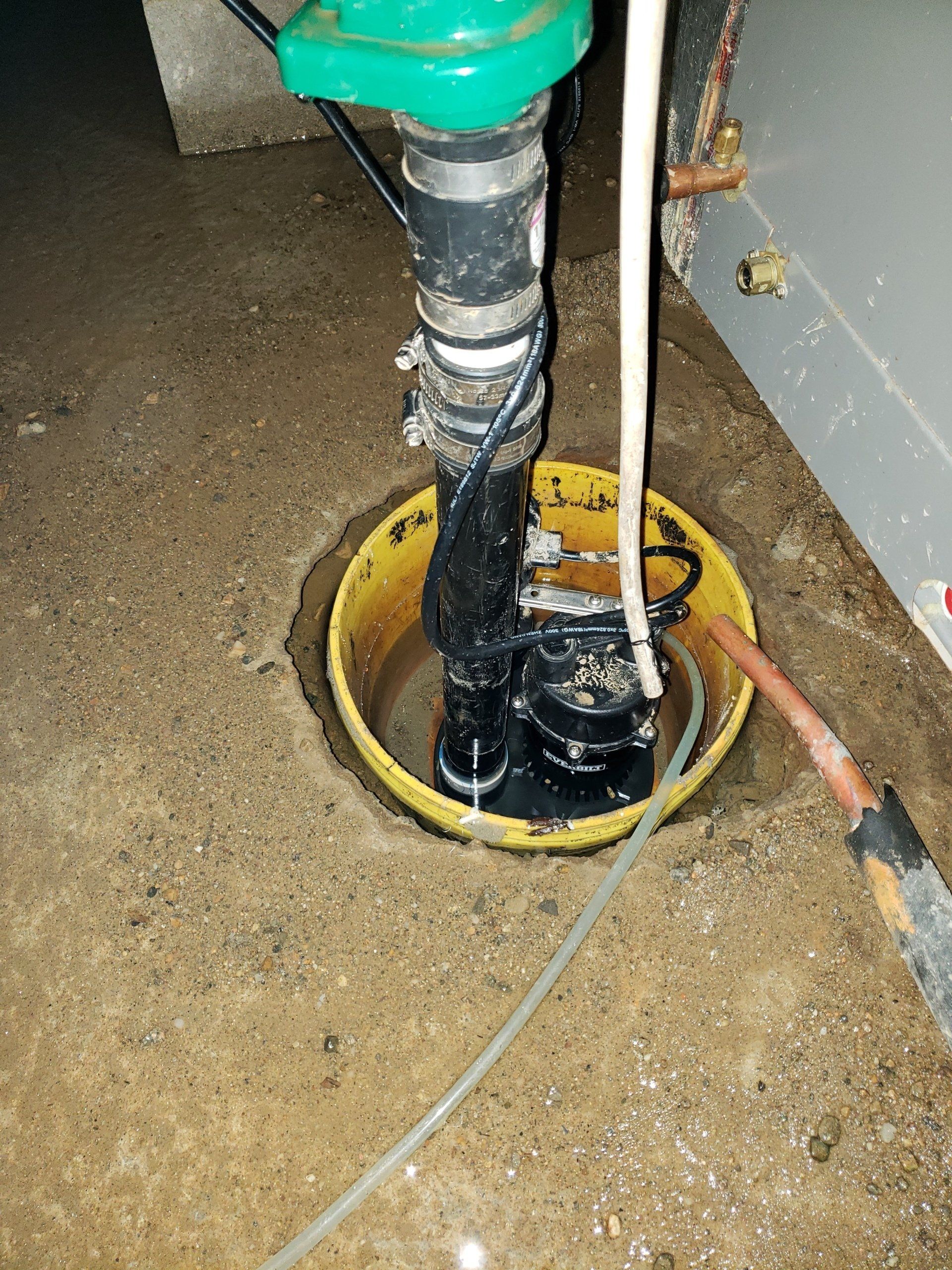

Share On: